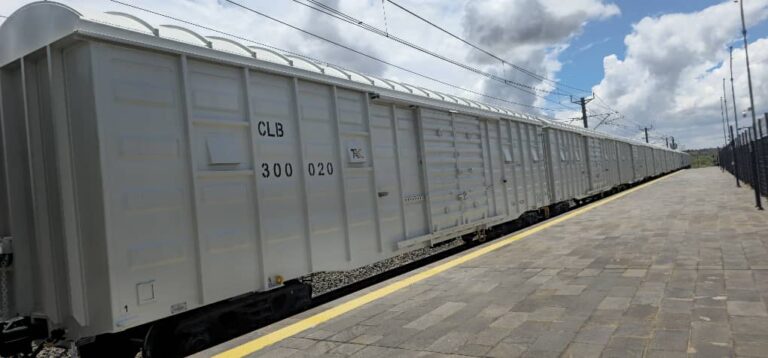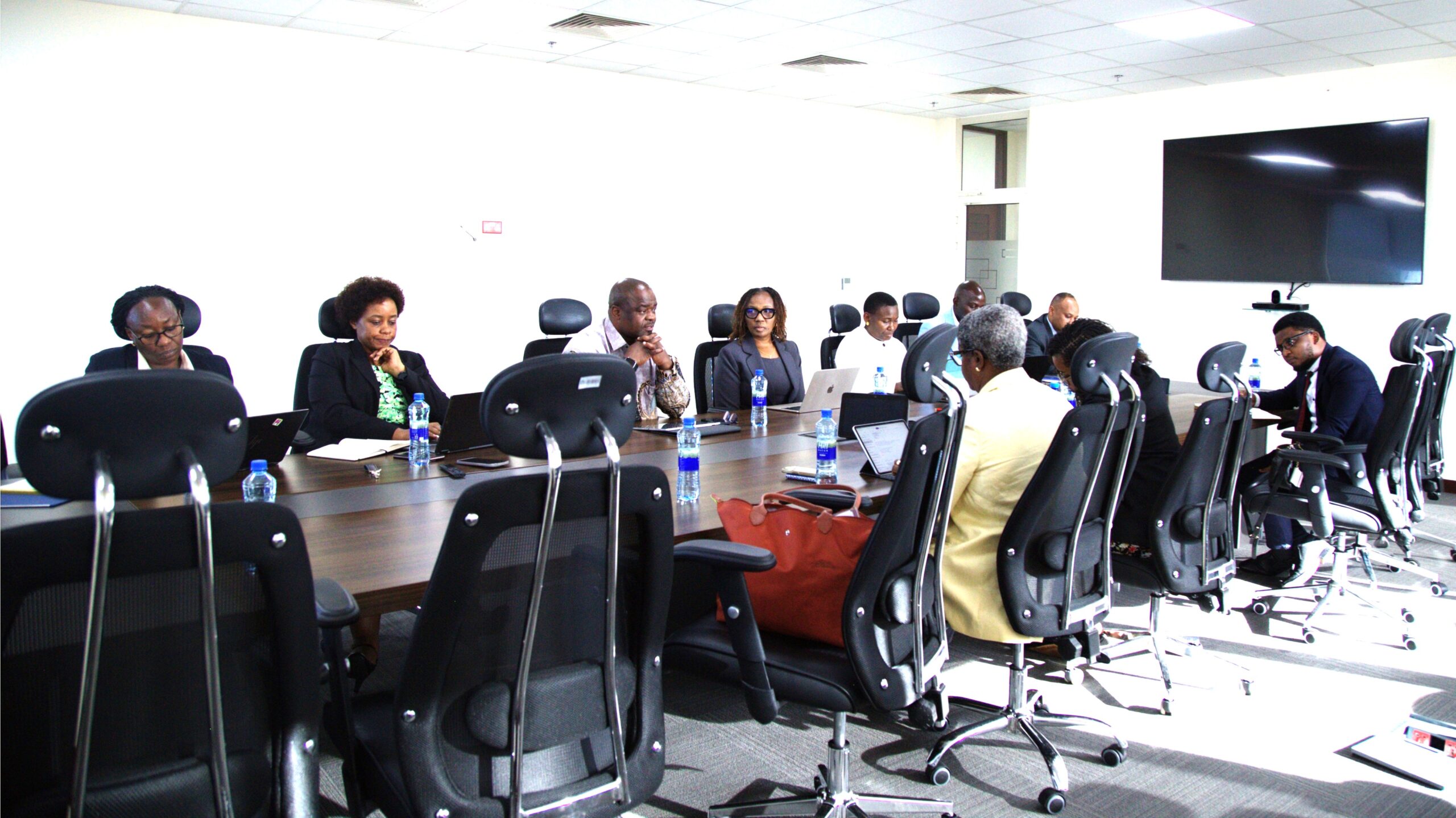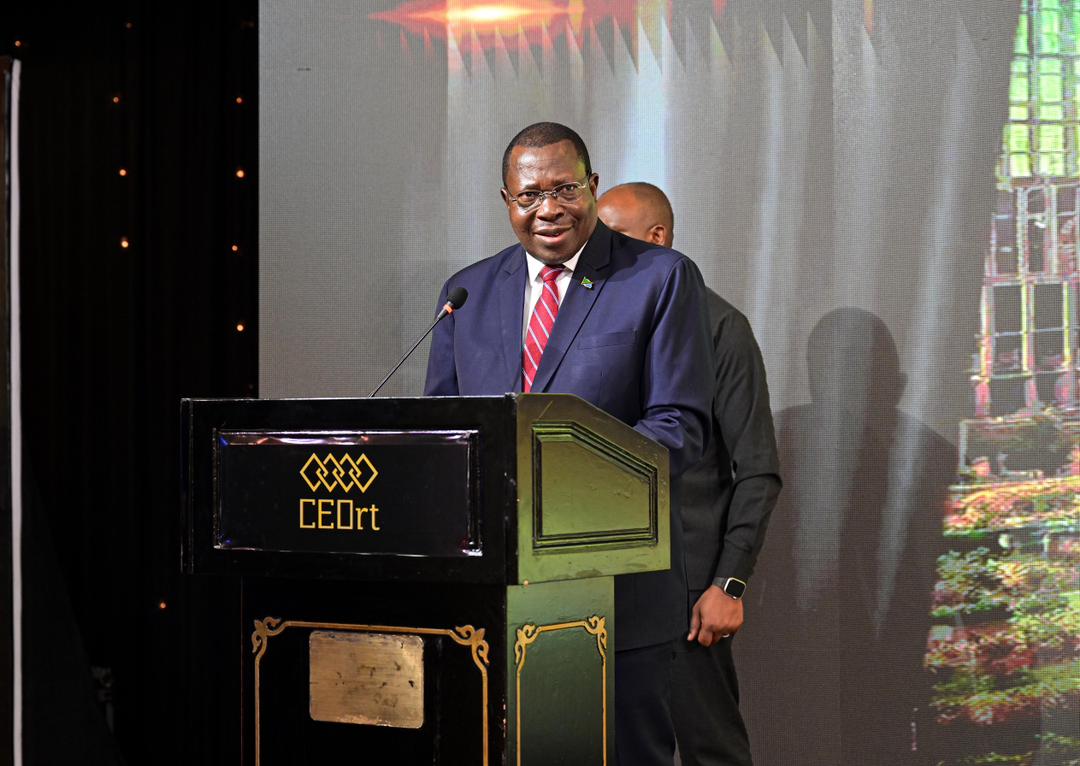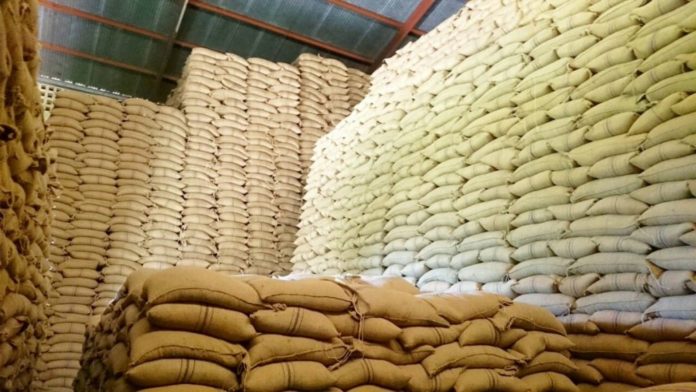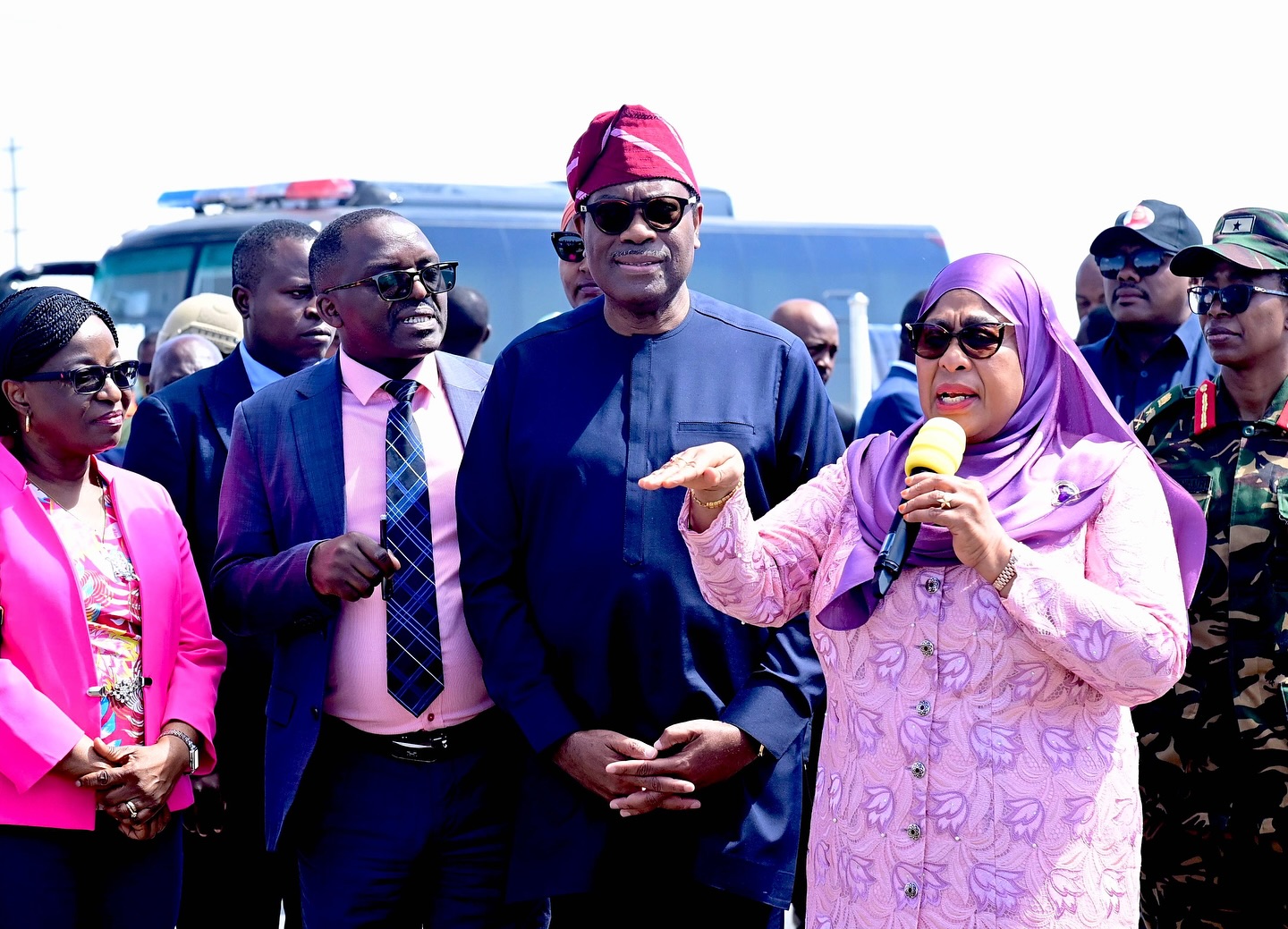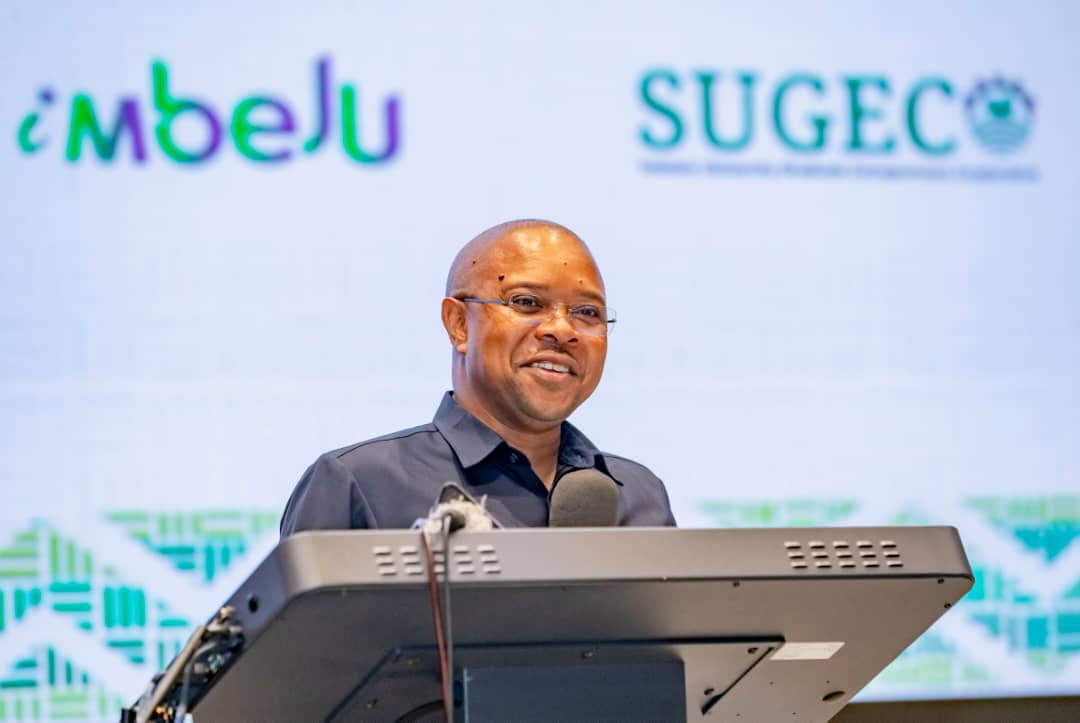Dar es Salaam. Tanzania’s journey toward a modern and efficient rail-based cargo transport system entered a decisive phase this week, following the successful conclusion of trial runs for the Standard Gauge Railway (SGR) freight service between Dar es Salaam and Dodoma.
The milestone, marked by a return journey from Dodoma to Dar es Salaam on Monday, June 2, has set the stage for the Tanzania Railways Corporation (TRC) to begin commercial cargo operations on the electric-powered railway by July 2025 — subject to final evaluations and the absence of unforeseen setbacks.
According to the Government Spokesperson, Gerson Msigwa the trials are part of broader efforts to evaluate the performance, safety, and operational readiness of the system, a key segment of the country’s most ambitious rail infrastructure initiative in recent history.
The SGR, whose network will eventually span over 2,500 kilometres, is intended to run parallel to the metre-gauge system, enhance Tanzania’s logistics capacity, and serve as a regional trade artery connecting the Indian Ocean port of Dar es Salaam to Mwanza, Kigoma, and eventually to Burundi, Rwanda and the Democratic Republic of Congo.
The Trials that signalled readiness
The successful round trip between the commercial capital and the administrative capital was the second and final test, following the initial run on Sunday, June 1.
Departing from the Ihumwa area in Dodoma, the train returned to Dar es Salaam with TRC officials on board, who confirmed that the entire system had passed technical assessments.
“This was the second trial, following the initial run from Dar es Salaam to Dodoma. We are now prepared to start operations after receiving LATRA’s approval,” said TRC’s Passenger and Freight Wagon Maintenance Manager, Mr Enock Mgonja.
The Land Transport Regulatory Authority (LATRA), which is responsible for safety oversight of the country’s transport systems, had earlier certified the wagons after a comprehensive inspection.
These included assessments of braking systems, design speed, and handling capabilities on curved tracks.
According to a Senior Transport Officer with TRC, Mr Masha Twaha, cargo operations will be staged at key SGR stations along the corridor, including Pugu, Morogoro and Ihumwa, with the Dar es Salaam Port serving as the primary logistical hub.
Modern wagons to meet growing cargo demand
The freight wagons, manufactured by Chinese company CRRC Qiqihar Rolling Stock Co., Ltd, are part of a wider shipment of 1,430 units under a contract with Tanzania.
TRC confirmed in December 2024 that 264 wagons — comprising 200 container carriers and 64 for loose cargo — had already arrived at the Port of Dar es Salaam.
The design speed of the wagons stands at 120 kilometres per hour, a significant leap from the limitations posed by the outdated metre-gauge fleet.
TRC stated that each wagon has undergone rigorous testing and complies with international freight rail standards.
Upon delivery, the wagons were subjected to off-cargo and on-cargo test runs along the Dar es Salaam–Morogoro–Dodoma route.
These tests were essential to ensure mechanical soundness and integration into the broader SGR system, which is gradually being expanded westward and northward in six construction phases.
SGR: A backbone for regional trade
The operationalisation of the SGR cargo service comes less than a year after President Samia Suluhu Hassan launched commercial passenger services on the same line in August 2024.
That launch marked the completion of Phases 1 and 2 — Dar es Salaam to Morogoro (300 km) and Morogoro to Makutupora near Dodoma (442 km).
The SGR will eventually stretch 1,596 kilometres from Dar es Salaam to Mwanza, drastically cutting travel time and reducing the cost of transporting both people and goods.
The six phases will connect major economic zones across the country and unlock trade corridors into Central and East Africa.
With electrified locomotives capable of moving cargo at up to 160 kilometres per hour, the SGR positions Tanzania as a competitive logistical hub for landlocked neighbours.
The railway is designed not only for speed but also for heavy loads, offering a reliable alternative to the country’s overburdened road network.
Looking ahead
With the first two phases of the SGR either complete— Phase 1 (Dar–Morogoro) and Phase 2 (Morogoro–Makutupora) — the government has now turned its focus to the interior.
Phase 3, linking Makutupora and Tabora (294 km), is under construction with Turkish contractor Yapı Merkezi, and progress currently stands at 14 percent.
Subsequent phases include Tabora–Isaka (130 km), Isaka–Mwanza (249 km), and Tabora–Kigoma (506 km), which will establish a full east-west corridor across the nation.
With the commencement of cargo operations along the Dar–Dodoma segment, Tanzania takes a bold step toward realising its vision of a modern railway-led economy.
The SGR is more than a transport project — it is a nation-building endeavour, drawing the country closer to becoming an integrated player in the regional and global trade arena.
As locomotives hum to life and cargo begins to flow, the SGR is poised to reshape Tanzania’s logistical landscape — not in competition with existing players, but in concert with them, delivering shared growth, efficiency and prosperity.

